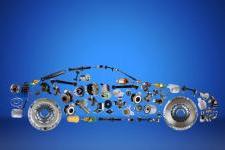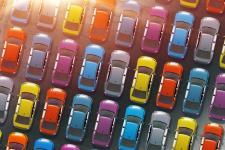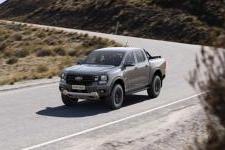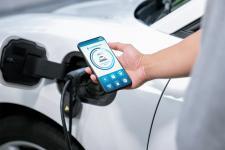Engine Power Explained - Do you know your PS from your bhp?
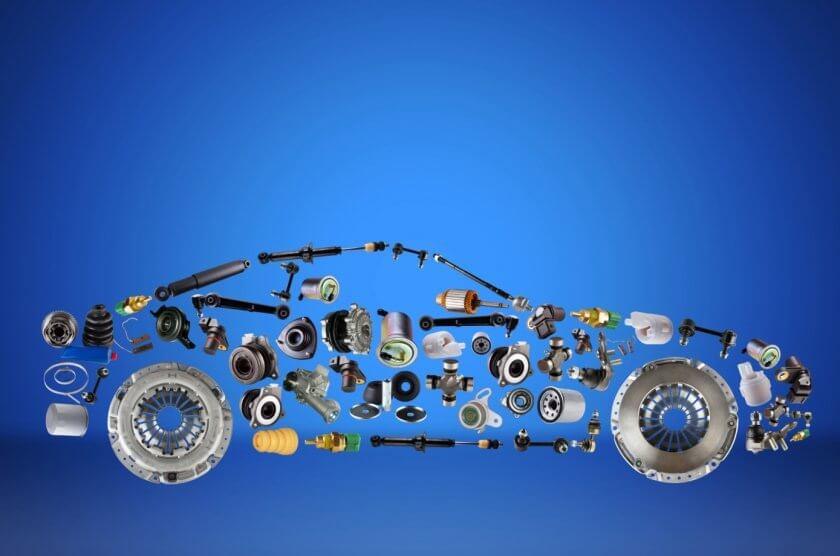
When manufacturers advertise their cars, we are bombarded with a variety of numbers from Horsepower to Cubic Centimetres, but what are those numbers telling us? Is bigger always better? And what is torque?
What is Horsepower (HP)
To unravel the mystery of engine power measurement we travel back to 18th Century Scotland and inventor James Watt. He was trying to compare the power of horses to the power of steam engines that were gradually replacing them as a guide to the work a steam engine could do. Here is where Horsepower (hp) was born! After many experiments, James Watt calculated 1 Horse Power was the equivalent of 1 horse lifting 33,000 pounds overs 1 foot in 1 minute on the surface of the Earth. In a car, hp describes the total amount of power an engine can produce. In this way, the higher the hp the more power the car has and so the faster the top speed.
What is Brake Horsepower (bhp)
However, Brake Horsepower (bhp) is often used as a more realistic measurement of power. This is because bhp considers the power left after other car parts are working such as the gearbox, alternator, and water pump as well as any loss of power due to friction.
What is Pferdstarke (PS)
Another common engine measurement to see is PS. This stands for the German word Pferdstarke which when translated means horse strength. This was an attempt at making hp metric. In this measurement 1 PS is the equivalent of 98.6% of 1 hp so they are very close in meaning and can be interpreted as the same thing if a rough guide to engine power is all that is needed.
Tyre Wear - Everything You Need To Know!
What are Kilowatts (kW)
Even though bhp is the most widely recognised measurement of engine power, in 1992 the European Union selected kilowatts (kW) as the official measure. However, this tends to be a smaller number so many manufacturers stick to using bhp. For instance, the engine power of an Aston Martin DB9 can be expressed as 540 bhp or 403 kW … the bhp figure sounds much more impressive, but both represent the same amount of power.
So, for hp, bhp, ps or kw the bigger the number, the more the power and so the higher the top speed.
What is Torque?
Another force that is often quoted alongside bhp, or whichever measurement is used is torque. Torque is measured in either pound feet (lb-f)t or the metric Newton Metres (Nm). It measures the amount of force that is required to twist an object. In terms of vehicles, it is the amount of twisting force available at the crankshaft. The more torque you have the more pulling power the engine has, this is the force you feel when accelerating. The torque measurement provides an indication of how fast the engine will be able to move the cars weight. The more torque there is the more acceleration there will be. This will provide a speedy acceleration from a standstill, more power when overtaking and the ability to tow or carry heavy objects, so if this is what you need from a vehicle again, the bigger the number the better!
Your Photocard Driving Licence - Everything You Need To Know!
Engine size is expressed as either litres (l) or cubic centimetres (cc). For example, an engine with a size of 2,211 cc is often rounded to the nearest 1000 and expressed as 2.2 litres. To use fuel an engine needs 15 times more air than fuel present, cc measurements related to how much air an engine can take in. The bigger the engine size the larger the quantity of air intake and so the more fuel can be burnt. If more fuel is burnt, then more power can be generated. This would lead you to believe that again, the larger the number the more powerful the engine, but advances in technology now mean this is not always true. For example, Ford’s range of EcoBoost engines have a method of direct fuel injection and turbochargers added to them. The result is a 1.0 litre engine which can produce the same power as a regular 1.6 litre engine, whilst retaining its fuel efficiency. So, in this case good things come in small packages!
